Top Things to Know Before Buying Art In The Garden 2022
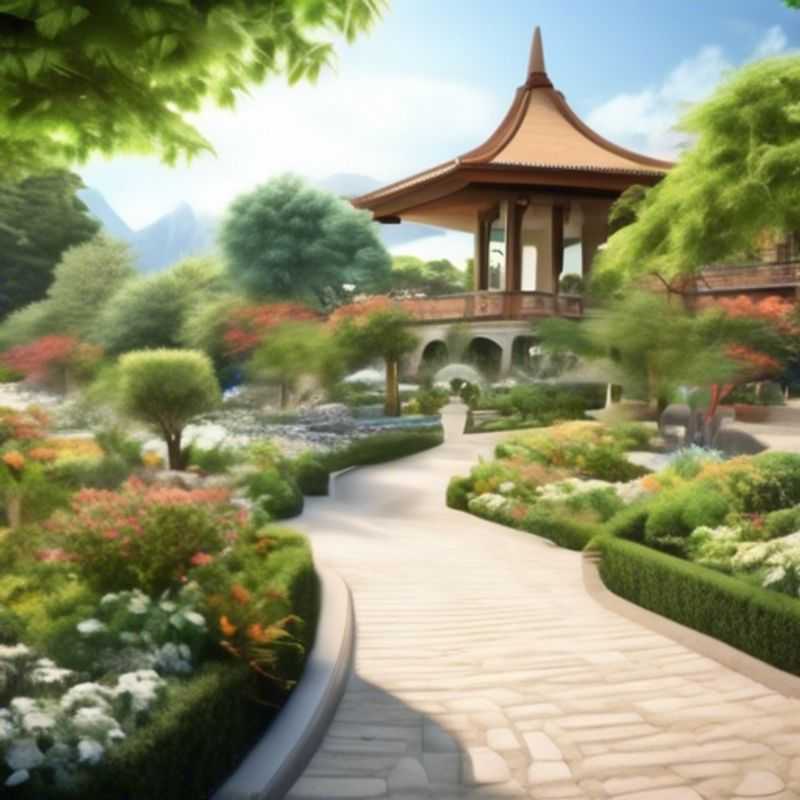
Top Things to Know Before Buying Art for Your Garden: A Guide for 2022
Embarking on the journey of adorning your garden with art is a beautiful endeavor. It's an opportunity to bring your personal style and passion to life, transforming your outdoor space into a haven of visual delight. But before you get swept away by the captivating allure of a piece, there are a few key considerations that can ensure a harmonious and fulfilling experience. Here's a glimpse into the art of selecting the perfect piece for your garden:
Size and Scale: The first step is to visualize how the artwork will interact with your garden. Will it be a focal point or a subtle complement?
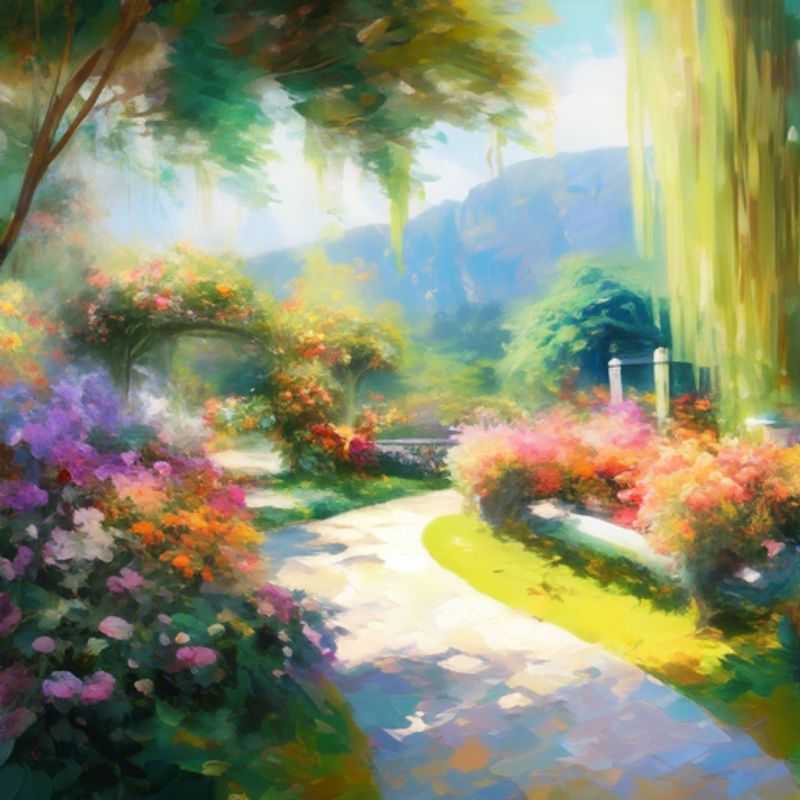
Big Picture Thinking: Choosing Artwork that Fits Your Garden
Before you begin, it’s important to consider the size and scale of the artwork in relation to your garden space. Think of it like a puzzle: you want the pieces to fit together harmoniously. If your garden is small and intimate, a large sculpture could overwhelm the space, making it feel cramped. Conversely, a miniature sculpture in a vast expanse might get lost.
For a balanced effect, use the rule of thirds: imagine your garden divided into nine equal sections. Place the artwork in one of the four intersection points for a visually appealing arrangement.
Don’t hesitate to experiment with placement. You can try different locations until you find the perfect spot. Consider the surrounding plants, walkways, and garden features. How does the artwork interact with these elements? Does it create a focal point or complement the existing design?
Remember, gardening is an ongoing process. As your plants grow and change, the artwork's relationship to the garden will also evolve. You may need to adjust the position of the artwork over time to maintain its visual appeal.
Don’t be afraid to get creative. If you have a particular piece in mind, but it doesn’t quite fit the space, consider custom-made alternatives. A local artist might be willing to create a piece that complements your garden perfectly.
Finally, let your personal style guide you. Choose an artwork that you love and that reflects your taste. Your garden should be a personal sanctuary, a place where you can relax and enjoy the beauty of nature.
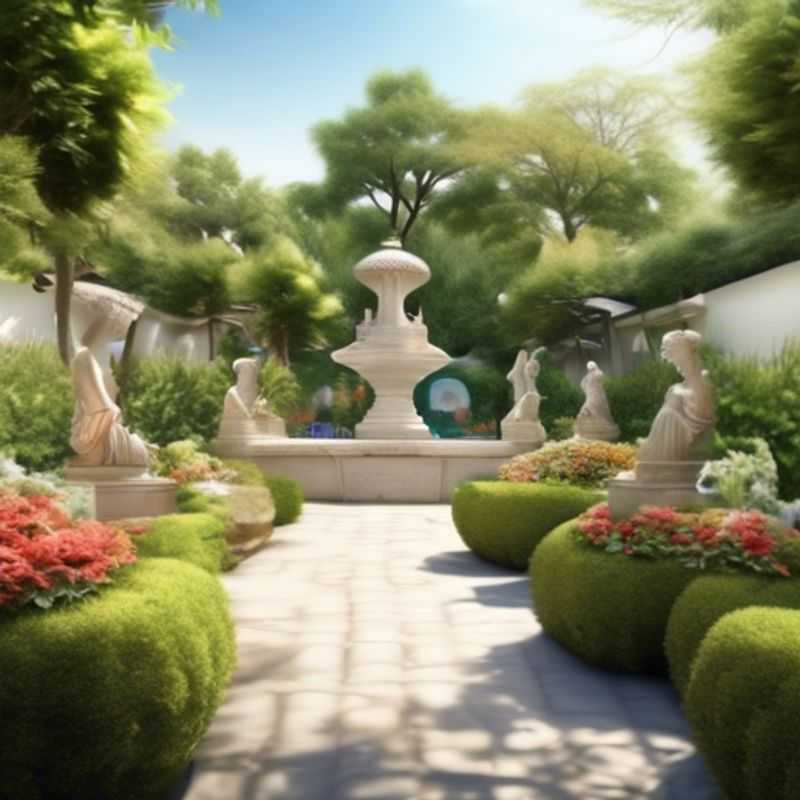
Making Art Weatherproof: Tips for Outdoor Displays
Ensuring that artwork is weather-resistant and suitable for outdoor display involves several critical considerations. First, select materials that are inherently durable, such as stainless steel, treated wood, or UV-resistant plastics. These materials can withstand various weather conditions, including rain, sun, and wind.
Next, apply protective coatings like waterproof sealants or UV-resistant varnishes to enhance the longevity of the artwork. These coatings act as barriers against moisture and harmful UV rays, preventing fading and deterioration over time.
When planning for outdoor displays, consider the site's environmental factors, such as exposure to saltwater, humidity, and temperature fluctuations. Additionally, it’s crucial to ensure that the installation is secure to withstand strong winds and adverse weather conditions.
Budgeting for outdoor artwork should include costs for materials, protective coatings, and any necessary structural supports or mounting hardware. Hiring professionals for installation and maintenance may also be necessary, adding to the overall expense.
In summary, selecting the right materials, applying protective measures, considering environmental factors, and budgeting for all related activities are essential steps in ensuring that your artwork remains beautiful and intact in outdoor settings.
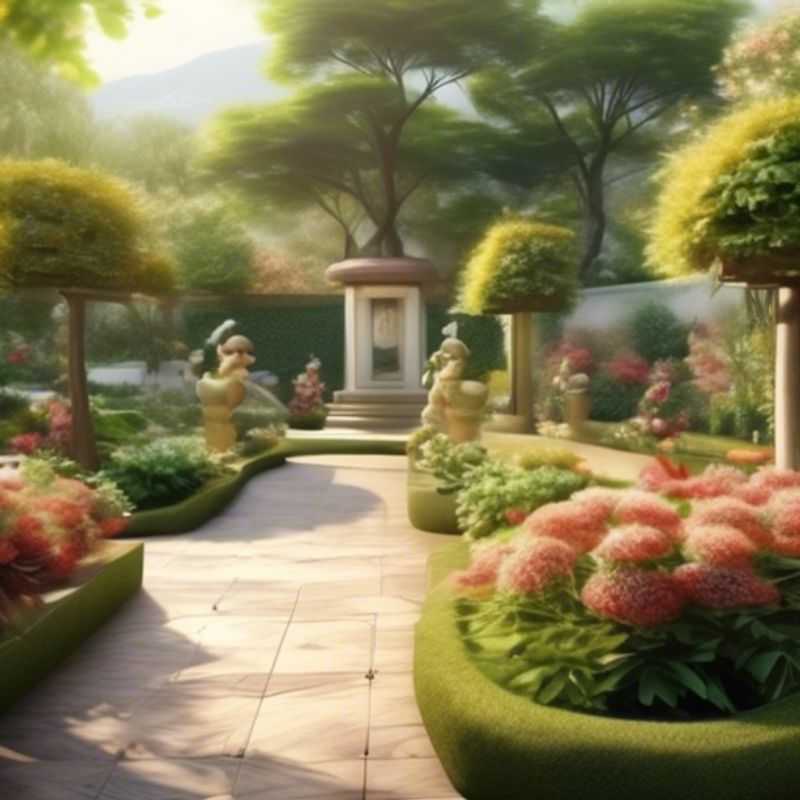
Finding Your Garden's Muse: Researching Artists for Aesthetic Inspiration
Researching the artist and their style is essential for aligning your garden's aesthetic with a particular artistic vision. Start by identifying artists who resonate with your desired garden theme, whether it be contemporary, traditional, or abstract. Look into their signature elements, such as color palettes, materials, and forms, which can influence the overall feel of your garden. Consider visiting galleries or exhibitions to see the artist's work in person, as this can offer invaluable insight into their techniques and inspirations.
When planning, take note of paid activities that may be involved, such as purchasing art prints, commissioning sculptures, or hiring landscape designers familiar with the artist's style. Budgeting for these elements is crucial, as they can significantly impact the overall cost of your garden project. Additionally, consider any workshops or classes led by the artist or experts in their style, which can deepen your understanding and appreciation of the artistic elements you wish to incorporate.
In summary, thorough research into the artist and their style not only enhances your garden's aesthetic but also enriches your personal experience. By focusing on key elements and planning for potential costs, you can create a harmonious and visually appealing garden space.

Don't Forget the Details: Installation Costs and Labor
When planning a project, especially one involving installation, it's crucial to factor in installation requirements, equipment, and labor costs. This ensures a smooth and efficient process, avoiding surprises down the line.
Installation Requirements: Before starting, carefully assess what is needed. This could include permits, inspections, or specific environmental considerations.
Equipment Costs: The equipment needed can vary widely. Factor in the cost of tools, machinery, and any specialized components required for the project.
Labor Costs: Calculate the time required for installation and the labor cost per hour. If you're hiring professionals, get multiple quotes to ensure a fair price.
Additional Expenses: Don't forget to factor in potential unforeseen costs like material delivery, disposal fees, or unexpected repairs. It's always wise to budget for contingencies.
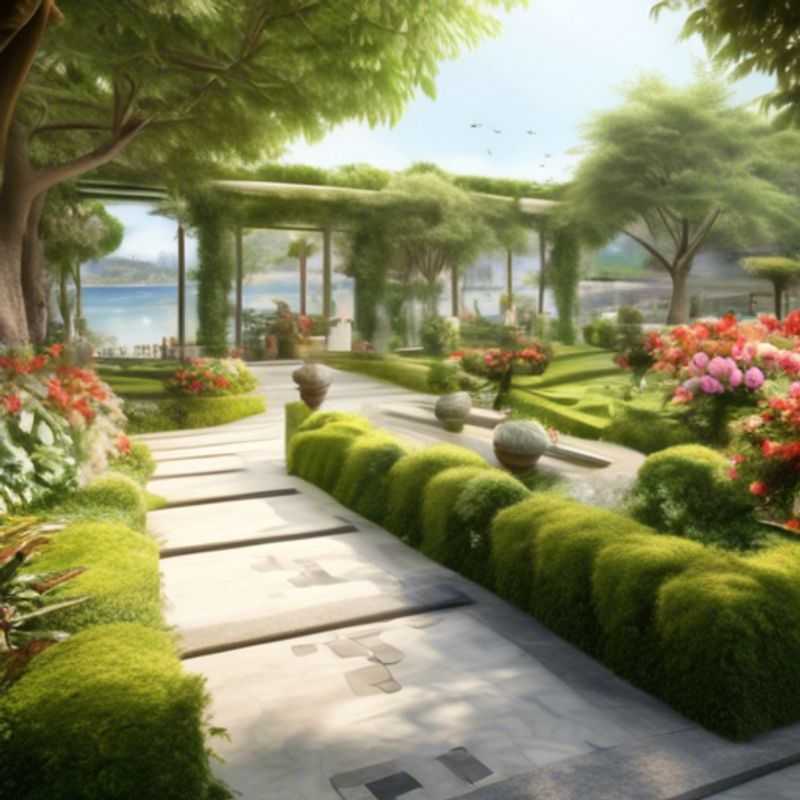
Navigating Art Purchases: Understanding Warranties and Return Policies
When commissioning artwork, it's crucial to understand the artist's warranty or return policy. This outlines your rights if the final piece doesn't meet your expectations. Typically, policies cover issues like damaged artwork during shipping, deviations from agreed-upon details, or artistic styles that don't align with your vision.
Most artists offer a refund or exchange option within a specified timeframe, usually 14 days. However, factors like custom artwork, digital prints, or personalized commissions may be excluded from returns. Always inquire about these exceptions and confirm if the policy covers artistic interpretation, which is subjective and rarely a reason for a return.
Carefully review the warranty or return policy before signing any agreements. It's best to discuss any concerns directly with the artist and ensure clear communication throughout the process. This will help prevent misunderstandings and facilitate a smooth and satisfying art acquisition experience.

Beyond the Catalogue: Exploring Custom & Commissioned Pieces for Your Garden
When considering ways to personalize your garden, exploring custom or commissioned pieces can be a delightful option. These can range from unique sculptures, bespoke planters, or handcrafted garden furniture, all tailored to fit your aesthetic and functional needs. Start by identifying local artisans or online platforms that specialize in custom garden decor. Budgeting is crucial; consider costs for design, materials, and labor, which can vary significantly based on complexity and size. Typically, you might expect to pay a premium for high-quality craftsmanship, so be prepared for an investment. Additionally, timing plays a role; custom pieces may take longer to produce, so plan accordingly. Don't forget to inquire about delivery and installation fees, as these can add to the overall cost. By taking these factors into account, you can create a garden space that truly reflects your personal style and enhances your outdoor experience.

Illuminating Art: Day and Night Lighting Strategies for Showcasing Your Collection
Lighting is essential for showcasing artwork, whether it’s during the day or at night. You want to strike a balance between highlighting the artwork's details and creating an inviting atmosphere. Here's a quick guide to help you plan your lighting:
Daylight: Natural light is ideal for showcasing artwork, but it can be tricky to control. Consider the direction of the light and the time of day. Avoid direct sunlight on the artwork, as it can cause fading. Diffused natural light, achieved through curtains or blinds, is a good option.
Artificial Light: For evening hours, you'll need artificial light. Here's what to consider:
Type of Light:LED lights are energy-efficient and have a long lifespan. They are also available in various color temperatures, from warm to cool. Warm white is often preferred for artwork, creating a welcoming and inviting ambiance.
Placement: The placement of the light source is crucial. Avoid placing lights directly above the artwork, as this can create harsh shadows. Wall sconces, or lights positioned on the side, are generally a better option. They illuminate the artwork gently and create a more flattering effect.
Intensity: The intensity of the light should be adjusted based on the size of the artwork and the surrounding space. Dimmers are a good way to control the intensity and adjust the mood. For example, a brighter light might be needed for large, detailed paintings, while a softer light might be preferred for smaller, delicate pieces.
Consider Hiring a Professional: If you're uncertain about lighting, it's worth considering hiring a professional lighting designer. They can assess your artwork and space, provide customized recommendations, and ensure the lighting is optimal for both showcasing and preserving your artwork.
Cost of Lighting: The cost of lighting can vary depending on the type of lights, the complexity of the installation, and the size of the space. LED lights are typically more expensive initially but can save money in the long run due to their energy efficiency. Professional lighting design services can also add to the cost, but they can ensure you get the best results and maximize the impact of your artwork.
